The intergenerational musical ensemble to create bonds and age harmoniously
- Isabelle Héroux, Professor in the music department of the University of Quebec in Montreal
- Audrey-Kristel Barbeau, Professor in the music department of the University of Quebec in Montreal
- Collaborator: Arthur Douchet, Master’s student in musicology
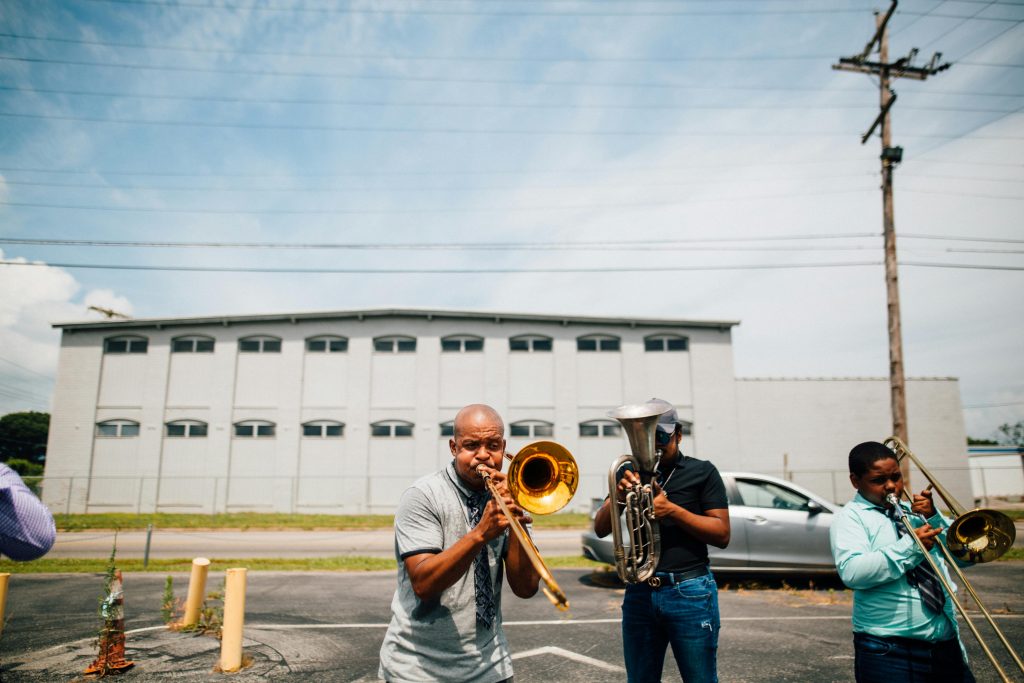
In our ever-changing society, relationships between different generations play an essential role in building strong and inclusive communities. This article explores the power of these bonds and their impact on positive aging, answering the question: how does music manage to bring generations together, foster a sense of belonging, and encourage harmonious aging?
The power of music to weave lasting intergenerational bonds
Music has the ability to bring people together and transcend differences. An intergenerational ensemble embodies this idea by bringing together individuals of all ages within a musical group, whether it’s a choir, an orchestra, or another form. This initiative creates a space where bonds form and strengthen, where generations meet and share enriching experiences. For example, younger musicians, still novices in music, can benefit from the advice of more experienced ones who have mastered their instrument for years. By playing together, they learn from each other, encourage one another, and create a unique atmosphere that goes beyond music. The younger ones also develop respect for the knowledge and expertise of older individuals, while the latter find a new source of energy and vitality in the passion and enthusiasm of young musicians [1] [2].
The benefits of participating in an intergenerational community ensemble are numerous: participants of all ages derive many emotional, social, and cognitive advantages. Elders, often faced with isolation and loneliness, develop a sense of belonging to the ensemble, and musical engagement can positively influence their quality of life, in addition to contributing to maintaining their sense of competence by working towards common goals [3]. On the other hand, young musicians develop valuable social and emotional skills by interacting with people from a different generation, which promotes open-mindedness and understanding of realities different from their own [4].
The power of intergenerational transmission: Enriching generations through music
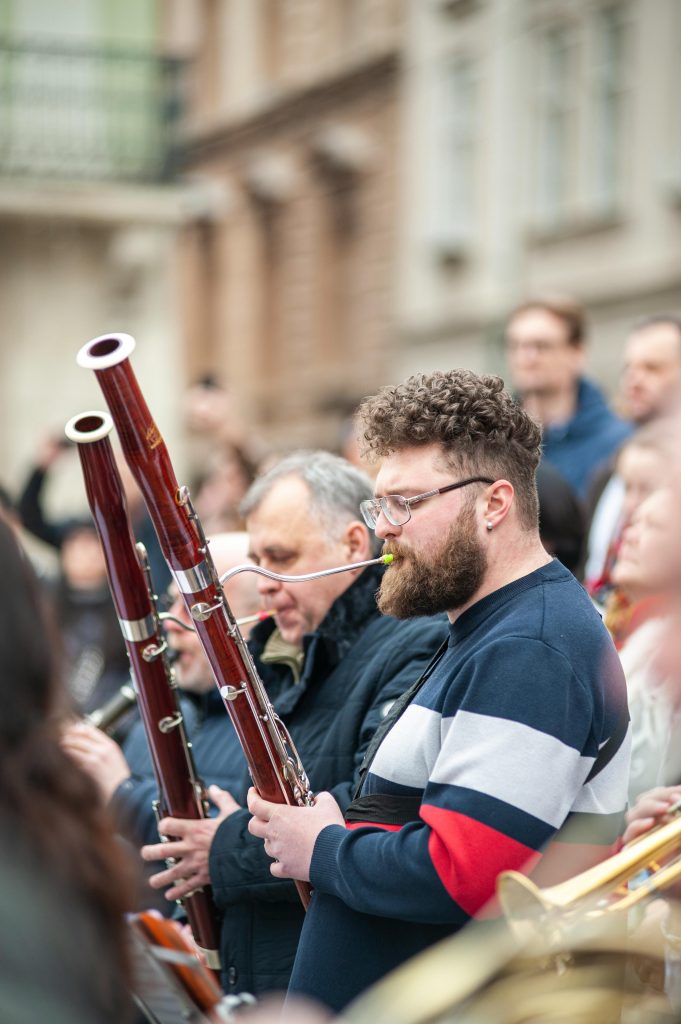
Intergenerational transmission of knowledge is an invaluable resource that manifests within a community ensemble. Members of different generations engage in a dynamic exchange of knowledge and experiences. On one hand, older individuals share their technical knowledge acquired over time and pass on musical skills to younger musicians, thereby perpetuating musical traditions across generations and creating a rich and vibrant cultural continuity. On the other hand, younger members bring a fresh perspective and stimulating energy, offering elders a contemporary viewpoint and opportunities for mutual teaching. Intergenerational transmission also occurs in the opposite direction when seniors decide to learn music at an advanced age and their teachers are from a younger generation. In such cases, exchanges can also transcend musical skills to create an environment of mutual learning and shared enrichment [5].
The intergenerational approach in music promotes group cohesion by capitalizing on each individual’s strengths, leading to a meaningful collective outcome. This results in a sense of respect, a better understanding of others, and mutual appreciation [6]. Thus, music contributes to bridging the gap between generations [7].
Intergenerational ensembles: Benefits for the body and mind
Musical practice within an intergenerational community ensemble offers a multitude of benefits for both the body and mind, thus contributing to the overall well-being of participants. Music has the power to stimulate the senses, help manage emotions, and create a deep connection with one’s inner self. Through music-making, ensemble members immerse themselves in a sonic universe that soothes the tensions and concerns of daily life.
Physically, playing music tends to strengthen the immune response, reduce pain, and improve motor and respiratory control [3]. Playing a musical instrument engages fine motor skills, enhances dexterity, and contributes to developing muscular endurance [8]. Moreover, playing in a group requires precise synchronization, fostering coordination and active listening. The ensemble thus becomes a true training ground for the body, promoting flexibility, attention, muscle tone, and physical endurance.
Beyond the physical benefits, music plays an essential role in mental and emotional health. It is a form of artistic expression that allows for the channeling and self-regulation of emotions [9]. Ensemble members can find a space of freedom and fulfillment where they can freely express their feelings and individuality. Musical practice can also help reduce stress by decreasing cortisol levels [10] [11], and increase well-being by promoting the release of endorphins [12].
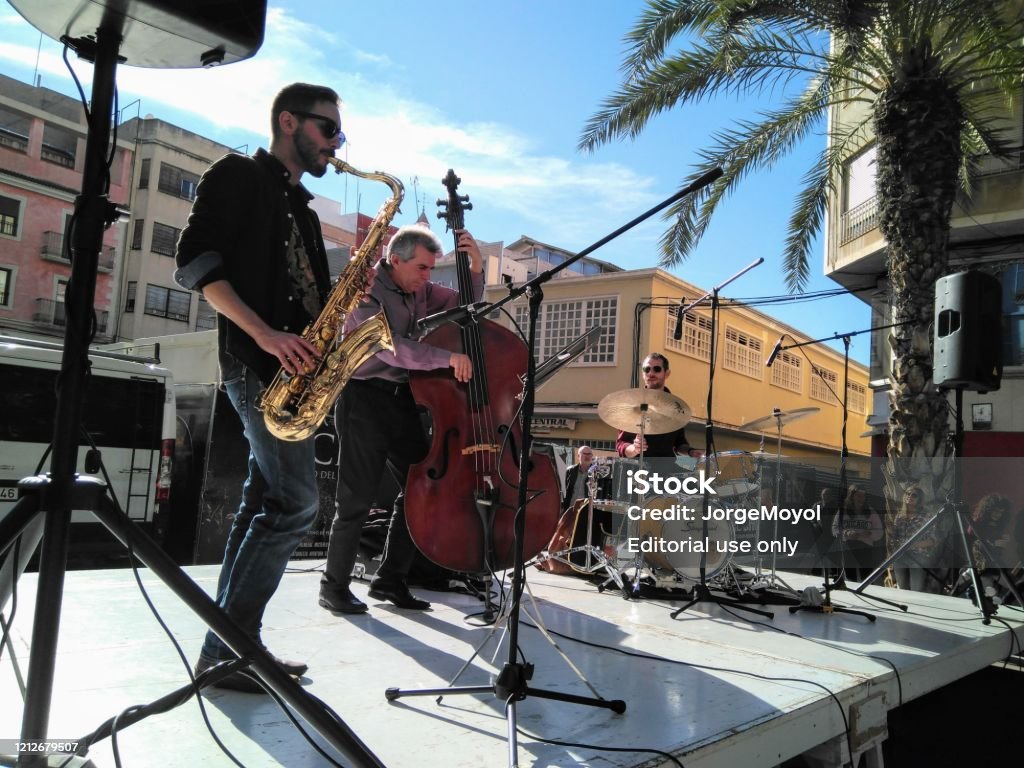
In addition to the physical and mental advantages, a community ensemble offers a valuable social dimension. Rehearsals and musical performances are opportunities for sharing, collaboration, and strengthening bonds among members of different generations. Musicians support each other, listen attentively, and progress together in their musical practice. This collective experience enhances the sense of belonging and fosters an atmosphere of camaraderie and solidarity within the group [5].
An intergenerational community ensemble transcends mere collective music-making. It offers a host of physical, cognitive, and social benefits to its participants. Moreover, these musical groups constitute true ecosystems where the diversity of ages blends harmoniously. This dynamic enriches the lives of everyone involved, promotes open-mindedness, and contributes to a more harmonious aging process. It’s as if the ensemble plays in harmony with the aging process, rewriting life’s scores to create an intoxicating melody of vitality and joy.
Community Music Beyond Borders
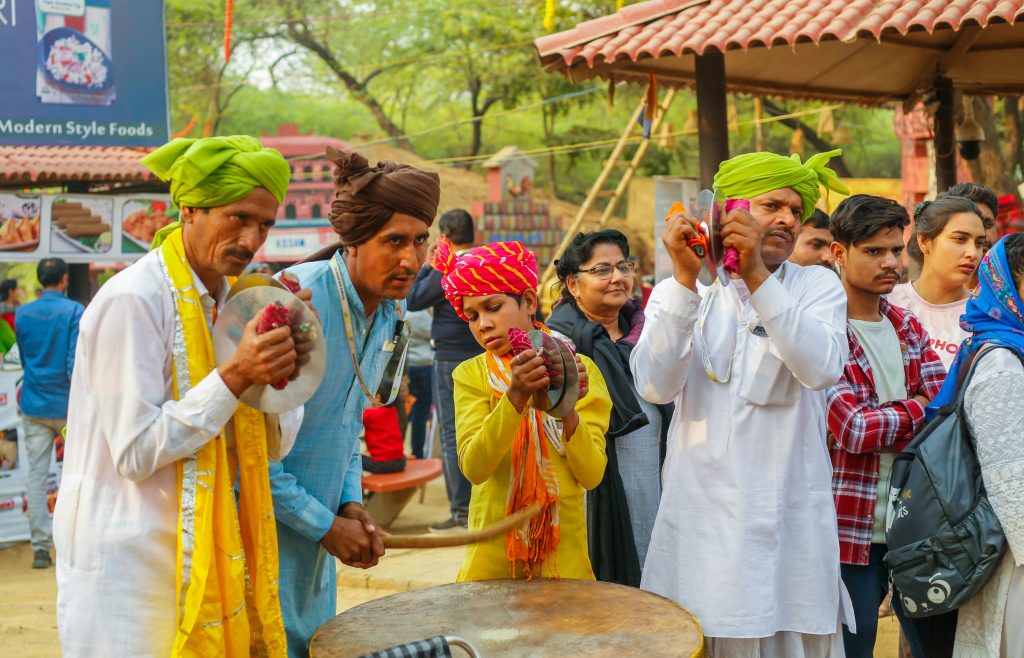
When it comes to community music, it’s important not to confine the phenomenon to a single ethnocentric point of view. The strength of intergenerational bonds and the creation of harmonious communities are not limited to a single form of music or a specific culture. Indeed, the concept of intergenerational ensemble can extend far beyond the Western musical practice mentioned earlier. Traditional music, such as the gamelan in certain Asian cultures, also offer unique opportunities to build connections between generations.
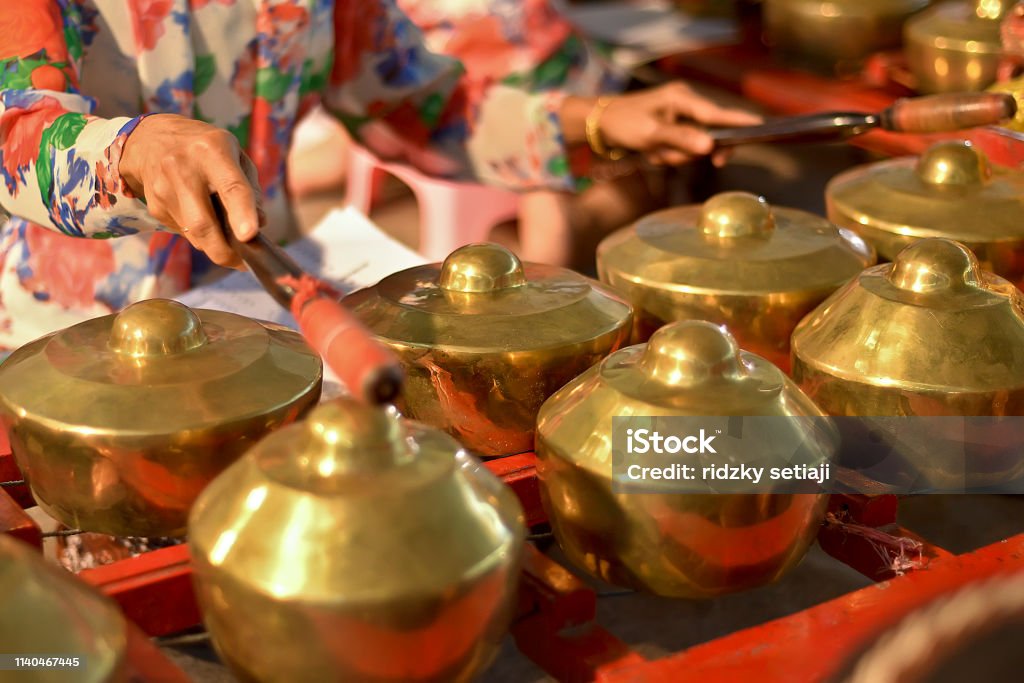
The gamelan, an instrumental ensemble originating from Indonesia (1), is an example of community music that brings together individuals of all ages to create enchanting melodies and complex rhythms. Within a gamelan ensemble, young musicians learn from elders, the subtleties of traditional instruments and the profound cultural significance of musical pieces. Similarly, elders benefit from the dynamism and enthusiasm of the younger ones, creating a rich intergenerational exchange rich in knowledge sharing and cultural transmission (2).
By recognizing the diversity of musical expressions around the world, a community ensemble can embrace a variety of cultural practices, each bringing its own unique contribution to the creation of strong and lasting bonds between generations. This openness to cultural diversity reinforces the idea that music transcends borders and differences, thus contributing to healthy and inclusive aging in societies worldwide.
To delve deeper into the subject:
This article explores the role of musical practice in combating stress and isolation and providing a pathway to mental and emotional well-being:
A documentary on the powers of music on the human being is available at this link:
Furthermore, a more comprehensive and complex article examines the benefits of music for the brain:
- Moussard, A., Rochette, F. & Bigand, E. (2012). La musique comme outil de stimulation cognitive. L’Année psychologique, 112, 499-542. https://doi.org/10.3917/anpsy.123.0499
For those interested in creating intergenerational links in a community context, this document offers various tools:
Finally, other articles discuss the benefits of playing music at an older age or in an intergenerational context:
- https://lebelage.ca/entre-nous/psycho/psycho-7-bienfaits-de-la-musique/
- https://my-jugaad.eu/la-musique-un-moment-de-partage-et-de-lien-social/
References
[1] Varvarigou, M., Hallam, S., Creech, A., & McQueen, H. (2011). Bringing different generations together in music-making – An intergenerational music project in East London. International Journal of Community Music, 4(3), 207–220.
[2] Varvarigou, M., Hallam, S., Creech, A., & McQueen, H. (2012). Benefits experienced by older people who participated in group music-making activities. Journal of Applied Arts and Health, 3(2), 183–198.
[3] Creech, A., Hallam, S., Varvarigou, M., & McQueen, H. (2014). Active ageing with music. London: Institute of Education Press.
[4] Kacane, I. (2020) Music as a tool of human development: an intergenerational perspective, ICERI2020 Proceedings, 4216-4224.
[5] Barbeau, A.-K., & Cossette, I. (2017). Intergenerational community bands and preservice music teacher training: win-win interactions for new models of teaching and learning. Chapitre de livre édité par S. O’Neill et R. Wright. 21st Century Music Education: Informal Learning and Non-Formal Teaching Approaches in School and Community Contexts. CMEA/ACME.
[6] Alfano, C. J. (2009). Seniors’ participation in an intergenerational music learning program. Thèse de Doctorat, Université McGill. https ://escholarship.mcgill.ca/concern/theses/t148fm809
[7] Darrow, A.-A., Johnson, C. & Ollenberger, T. (1994). The Effect of Participation in an Intergenerational Choir on Teens’ and Older Persons’ Cross-Age Attitudes. Journal of Music Therapy, 31(2), 119-134. https://doi.org/10.1093/jmt/31.2.119
[8] Barbeau, A.-K., & Cossette, I. (2019). The effects of participating in community concert band on senior citizens’ quality of life, health and performance anxiety. International Journal of Community Music, 12(2), 269-288. doi: 10.1386/ijcm.12.2.269_1
[9] Cook, T., Roy, A. R. K., & Welker, K. M. (2019). Music as an emotion regulation strategy: An examination of genres of music and their roles in emotion regulation. Psychology of Music, 47(1), 144-154. https://doi.org/10.1177/0305735617734627
[10] Beck, R. J., Cesario, T. C., Yousefi, A. et Enamoto, H. (2000). Choral singing, performance perception, and immune system changes in salivary immunoglobulin and cortisol. Music Perception: An Interdisciplinary Journal, 18(1), 87-106. https://doi.org/10.2307/40285902
[11] Toyoshima, K., Fukui, H. et Kuda, K. (2011). Piano playing reduces stress more than other creative art activities. International Journal of Music Education, 29(3), 257-263. https://doi.org/10.1177/0255761411408505
[12] Dunbar, R. I. M., Kaskatis, K., MacDonald, I., & Barra, V. (2012). Performance of music elevates pain threshold and positive affect: Implications for the evolutionary function of music. Evolutionary Psychology, 10(4), 688-702. https://doi.org/10.1177/147470491201000403
(1) Although considered as a full-fledged instrument.
(2) Learn more about the gamelan through these articles:
- Encyclopædia Britannica. (n.d.). Gamelan. Dans Encyclopædia Britannica. De https://www.britannica.com/art/gamelan
- Denave, L. (2011). L’internationalisation de la pratique du gamelan et la révolution conservatrice à la lumière du cas américain. Filigrane, de https://revues.mshparisnord.fr/filigrane/index.php?id=178